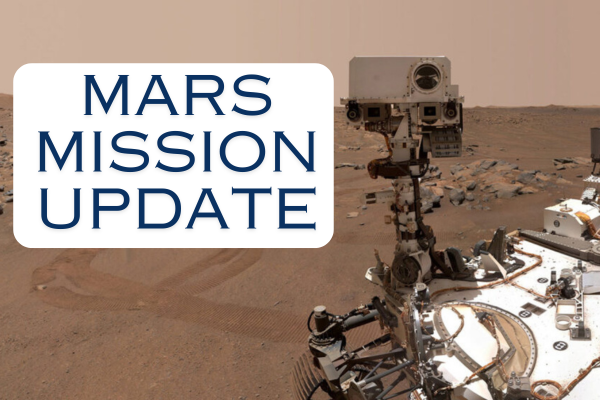NASA is actively pursuing a more cost-effective and streamlined method to bring back valuable Martian soil samples to Earth, facing financial constraints, officials from the US space agency revealed.
The agency plans to issue a formal request for proposals to NASA centers, laboratories, and aerospace companies. This initiative seeks innovative solutions to revamp a Mars sample return program that has been beset by technical difficulties, escalating costs, and budget limitations, as shared by NASA executives during a press briefing.
NASA officials anticipate reviewing alternative proposals this coming fall or early winter. Associate Administrator Nicky Fox emphasized that the revamp would prioritize innovative yet proven technologies to reduce the development time, risk, and cost, rather than making significant new technological advances.
Despite this focus, it remains uncertain how NASA will manage the challenge of launching a rocket from Mars using technology that, while proven, has never been deployed in such a context.
The need to reevaluate the Mars sample return strategy arose following an independent review last September, which criticized the program for its unrealistic initial budget and timeline expectations. The review also highlighted issues with the program’s structure and leadership effectiveness.
The situation is further complicated by significant budget cuts to NASA’s space programs by Congress this year, resulting in numerous layoffs at NASA’s Jet Propulsion Laboratory (JPL) in Los Angeles, which spearheads the Mars mission.
Since 2021, the JPL-managed rover Perseverance has been gathering mineral samples from Jezero Crater, an ancient Martian lakebed, encapsulating them in tubes for potential future analysis to detect signs of ancient life.
The mission’s subsequent phase involves collaboration with the European Space Agency to send another robotic lander to Mars to collect these samples and launch them into Martian orbit, where they would rendezvous with a spacecraft destined for Earth. Originally scheduled for launch in 2027-28 with the samples returning in the early 2030s, the costs were estimated between $5 billion and $7 billion. However, the latest review projects costs could escalate to $11 billion, with a potential delay in returning the samples until 2040.
NASA chief Bill Nelson highlighted the financial and scheduling challenges, noting that persisting with the current cost projections would divert funds from other major NASA projects, including missions to Saturn’s moon Titan, Venus, and a survey of near-Earth objects.
There’s a possibility that some of the over 30 samples Perseverance is expected to collect may be left on Mars. Most samples are stored within the rover, with a smaller backup set on the planet’s surface.
Nelson remains optimistic that the combined expertise of NASA, JPL, and their industry partners will lead to a viable solution, praising their capability to tackle complex challenges.





